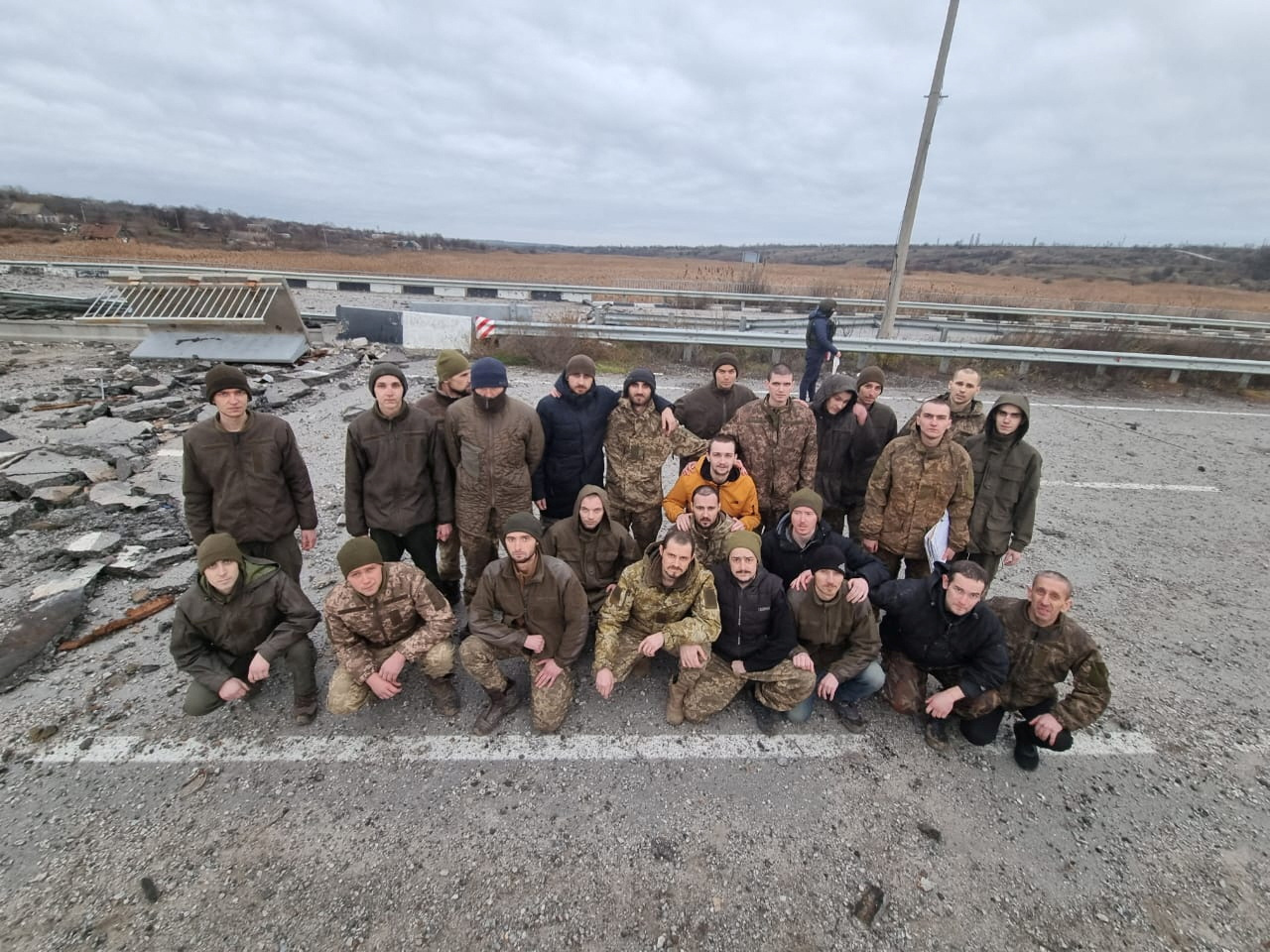Amidst the ongoing conflict, a “Secret Exchange Channel” has been instrumental in facilitating prisoner of war (POW) exchanges between Russia and Ukraine. Since the full-scale invasion began, this covert operation has enabled the swap of over 10,000 service members, a systematic process considered remarkably rare in modern warfare, according to reports from The Wall Street Journal (WSJ) and Hindustan Times.

Table of Contents
The Genesis of the Secret Channel
The inception of this channel dates back to early spring 2022. Brigadier General Dmytro Usov of Ukraine’s Defense Intelligence Directorate (HUR) inadvertently initiated the process. As reported by the WSJ, Usov discovered a phone on a deceased Russian officer, which led to an initial agreement focused on the exchange of bodies. This contact proved pivotal, setting the stage for more comprehensive negotiations.
Establishing Contact and Building Trust
Following the initial agreement, Brigadier General Usov established direct communication with GRU Lieutenant General Aleksandr Zorin. This contact marked the beginning of a sustained dialogue between the two military intelligence agencies. Their collaboration laid the foundation for what would become a regular and efficient system of prisoner swaps. The direct line between Usov and Zorin bypassed typical bureaucratic hurdles, allowing for swift decision-making and action.
Key Prisoner Exchanges and Operations
The secret channel played a crucial role in several high-profile prisoner exchanges. One of the most significant operations facilitated by this channel was the evacuation of over 2,500 Ukrainian soldiers from the Azovstal steel plant in Mariupol. This complex operation required careful negotiation and coordination between both sides, highlighting the channel’s effectiveness in managing large-scale exchanges. According to reports, the evacuation was a testament to the trust and efficiency built between Usov and Zorin.
The Role of International Mediators
As the channel matured, international mediators became involved to further facilitate negotiations and ensure the smooth execution of prisoner exchanges. Turkey, Qatar, and Saudi Arabia have all played significant roles in this process. These mediators provide neutral ground for discussions, logistical support, and additional layers of assurance for both parties. Their involvement underscores the international recognition of the channel’s importance in mitigating the human cost of the conflict.
Challenges and Complexities
Despite its successes, the secret channel has faced numerous challenges and complexities. One of the most significant incidents was the downing of a Russian Il-76 aircraft carrying Ukrainian POWs. This event led to heightened tensions and temporarily disrupted the exchange process. Investigations into the incident are ongoing, and both sides have presented conflicting accounts of what transpired.
Unconventional Proposals and Difficult Decisions
The negotiations have also involved unconventional proposals, such as the exchange of convicted collaborators or even the remains of spies. These types of exchanges present unique legal and ethical challenges, requiring careful consideration and compromise. The willingness of both sides to engage in these difficult discussions demonstrates the commitment to maintaining the channel’s functionality, even in the face of complex moral dilemmas. According to sources familiar with the negotiations, these decisions are often made at the highest levels of government.
Efficiency and Professionalism
Both Ukrainian and Russian officials have described this direct military intelligence channel as efficient and professional. Despite the ongoing conflict and deep-seated animosity, the channel operates with a level of trust and mutual respect that is rare in modern warfare. This nuanced aspect of the conflict highlights the pragmatic need for communication and cooperation, even between adversaries.
Maintaining Open Communication Lines
The success of the secret channel hinges on maintaining open and reliable communication lines. The direct contact between Brigadier General Usov and Lieutenant General Zorin has been crucial in this regard. By bypassing traditional diplomatic channels, they have been able to address issues quickly and effectively, preventing potential breakdowns in the exchange process. This direct line of communication serves as a vital lifeline for both sides, ensuring that the exchange of prisoners continues despite the broader challenges of the conflict.
The “Secret Exchange Channel”‘s Impact
The impact of the secret exchange channel extends beyond the immediate release of prisoners of war. It also serves as a symbol of hope for families and loved ones who have been separated by the conflict. The knowledge that there is a functioning mechanism for bringing soldiers home provides a sense of reassurance and reduces the uncertainty surrounding the fate of those who are missing or captured. The channel’s existence also demonstrates a commitment to humanitarian principles, even in the midst of intense military operations.
A Nuanced Aspect of the Conflict
The existence and operation of the secret exchange channel reveal a nuanced aspect of the Russia-Ukraine conflict. While the war is characterized by violence and destruction, the channel represents a parallel effort to mitigate the human cost and uphold certain standards of conduct. This duality underscores the complexity of the conflict and the diverse motivations of the actors involved. The channel’s continued operation serves as a reminder that even in the darkest of times, there is room for dialogue and cooperation.
Conclusion
The “Secret Exchange Channel” between Russia and Ukraine stands as a testament to the possibility of communication and cooperation even amidst intense conflict. Facilitating the exchange of over 10,000 service members, this channel, born from an unexpected connection and nurtured by direct dialogue, highlights a pragmatic approach to mitigating the human cost of war. Despite numerous challenges and complex moral dilemmas, the continued operation of this secret channel underscores the importance of maintaining open communication lines and upholding humanitarian principles in the face of adversity.
